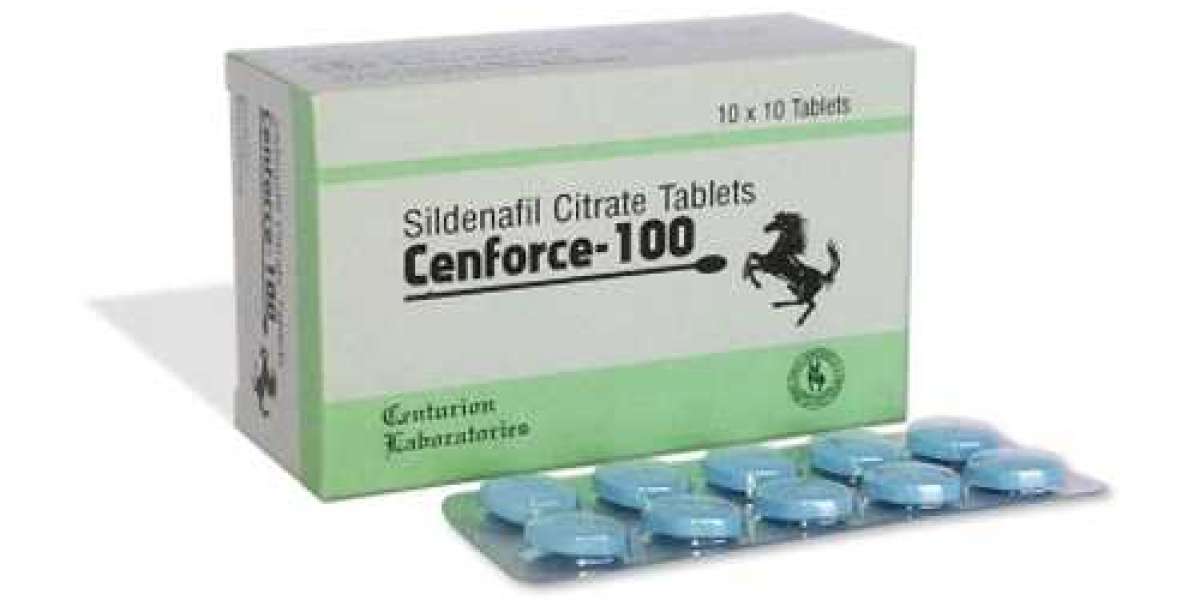As the popularity of 3D printing continues to rise, so does the concern regarding 3D printing waste disposal. This innovative technology, while offering numerous benefits, also poses significant environmental challenges. Understanding how to manage and dispose of 3D printing waste responsibly is crucial for both individuals and businesses alike.

Understanding 3D Printing Waste
3D printing waste primarily consists of leftover materials, failed prints, and support structures. The most common materials used in 3D printing, such as PLA (Polylactic Acid) and ABS (Acrylonitrile Butadiene Styrene), can have different environmental impacts. For instance, while PLA is biodegradable under industrial composting conditions, ABS is not, leading to concerns about its disposal.
The Environmental Impact of 3D Printing Waste
What happens to 3D printing waste when it is not disposed of properly? The consequences can be dire. Improper disposal can lead to increased landfill waste, which contributes to soil and water pollution. Additionally, the incineration of plastics can release harmful toxins into the atmosphere. Therefore, understanding the implications of 3d printing waste disposal is essential for mitigating these environmental risks.
Best Practices for 3D Printing Waste Disposal
To manage 3D printing waste disposal effectively, consider the following best practices:
- Recycling: Many 3D printing materials can be recycled. Check with local recycling programs to see if they accept plastics like PLA and ABS.
- Composting: If using biodegradable materials like PLA, consider composting them in an industrial facility that can handle such waste.
- Filament Reuse: Some companies offer filament recycling services, allowing users to send back their waste to be processed into new filament.
- Waste Reduction: Optimize your designs to minimize waste. This can include using less support material or adjusting print settings to reduce failed prints.
Innovative Solutions for 3D Printing Waste Management
As the industry evolves, innovative solutions for 3D printing waste disposal are emerging. Companies are developing advanced recycling technologies that can convert waste back into usable filament. Additionally, some startups are focusing on creating biodegradable materials that can lessen the environmental impact of 3D printing.
Conclusion: The Future of 3D Printing Waste Disposal
In conclusion, the responsible management of 3D printing waste disposal is vital for minimizing the environmental impact of this transformative technology. By adopting best practices and supporting innovative solutions, we can ensure that 3D printing continues to be a sustainable option for the future. As users and manufacturers, it is our responsibility to prioritize eco-friendly practices in the realm of 3D printing.






